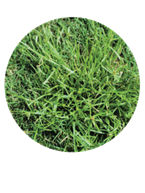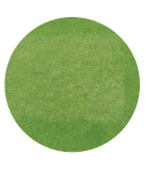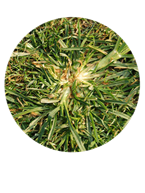Doveweed
also known as nakedstem dewflower, is a relatively new weed in turf situations
The Problem
Doveweed (Murdannia nudiflora), also known as nakedstem dewflower, is a relatively new weed in turf situations. It is spreading rapidly, very aggressive and hard to control. In fact, it is classified as one of the world’s worst weeds. Doveweed is a summer annual weed that closely resembles a grass. It usually germinates much later than many other summer annual weeds such as crabgrass and goosegrass. Germination begins later in the summer and continues until early fall. Doveweed can also spread via stem fragments. Control of doveweed can be difficult, and a combination of preemergence and postemergence herbicides is the best solution.
What To Look For
Doveweed is a summer annual with fleshy, creeping stems. It has parallel veins and a somewhat grass-like appearance. The leaves are alternate, narrow and lanceshaped. The leaf sheaths have short hairs on the upper margins. The flowers are blue to purple and appear in an open cluster. Doveweed flowers throughout the summer. The stems root at the nodes. This weed spreads by seed and vegetatively through stem fragments
The Solution
Doveweed is becoming a larger weed issue in warm-season turf. Preemergence control of doveweed can be difficult due to doveweed’s later germination period. Most preemergence herbicides do not provide season-long control. Postemergence options normally require repeat applications to get adequate control.
Cultural practices include maintaining a dense, actively-growing turf through proper mowing, fertilizing and watering practices. Mow at the proper height for your selected adapted turfgrass. Coring and traffic control reduce compaction and encourage desirable turfgrass competition. It is best to control this summer annual broadleaf weed in late spring or early summer because it is easier to control at this time, and the turf will have a greater chance of recovering the areas previously occupied by weeds. While doveweed can be difficult to control, if preemergence options are utilized with postemergence options, very good control of doveweed can be obtained. Envu has several solutions for doveweed control. For maximum effects, these solutions should be utilized as part of a comprehensive doveweed management program.
Preemergence Solutions
Apply a preemergence herbicide in areas historically infested with doveweed when soil temperatures at the 4-inch depth approach 70°F in the spring. If targeting just doveweed, application timing must be delayed relative to traditional preemergence application timings that target crabgrass and goosegrass to provide maximum length of residual control. To target doveweed, in addition to other summer annuals like crabgrass and goosegrass, the best approach would be a split-application preemergence program, combined with a postemergence program. A split application of Specticle® FLO offers very good preemergence control of doveweed.
Apply Specticle FLO at normal late-winter/early-spring timing (crabgrass/goosegrass timing) and follow with a split application 45-90 days after the initial application. Single applications of Specticle FLO at the normal crabgrass/goosegrass timing will not provide consistent control of doveweed as split applications are more consistent.
Postmergence Solutions
If some doveweed escapes, Tribute® Total, Celsius®; XTRA, or Celsius WG provide excellent postemergence control. Tribute Total, Celsius WG, or Celsius XTRA should be considered as a tank mix with the second Specticle FLO application. Repeat applications may be required for season-long control.
Additional resources
| Solution sheet - Doveweed |








